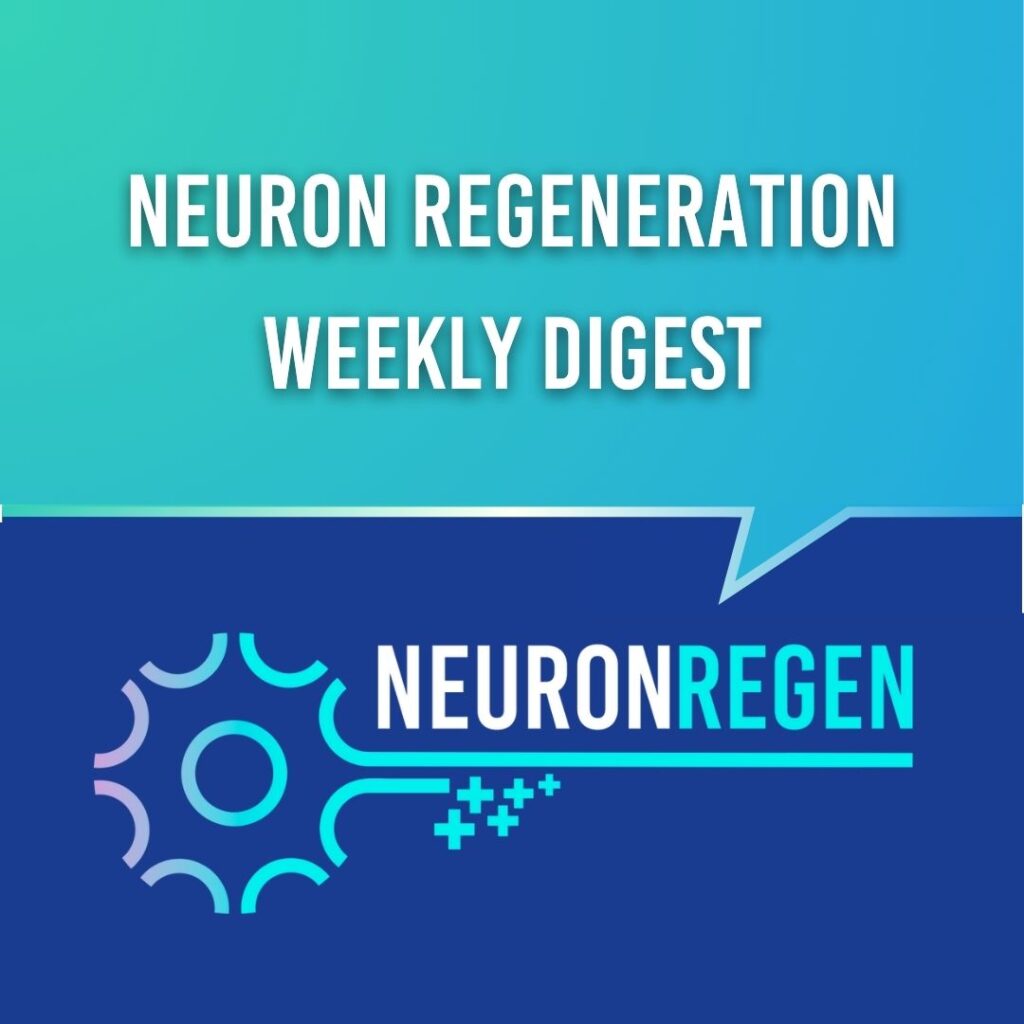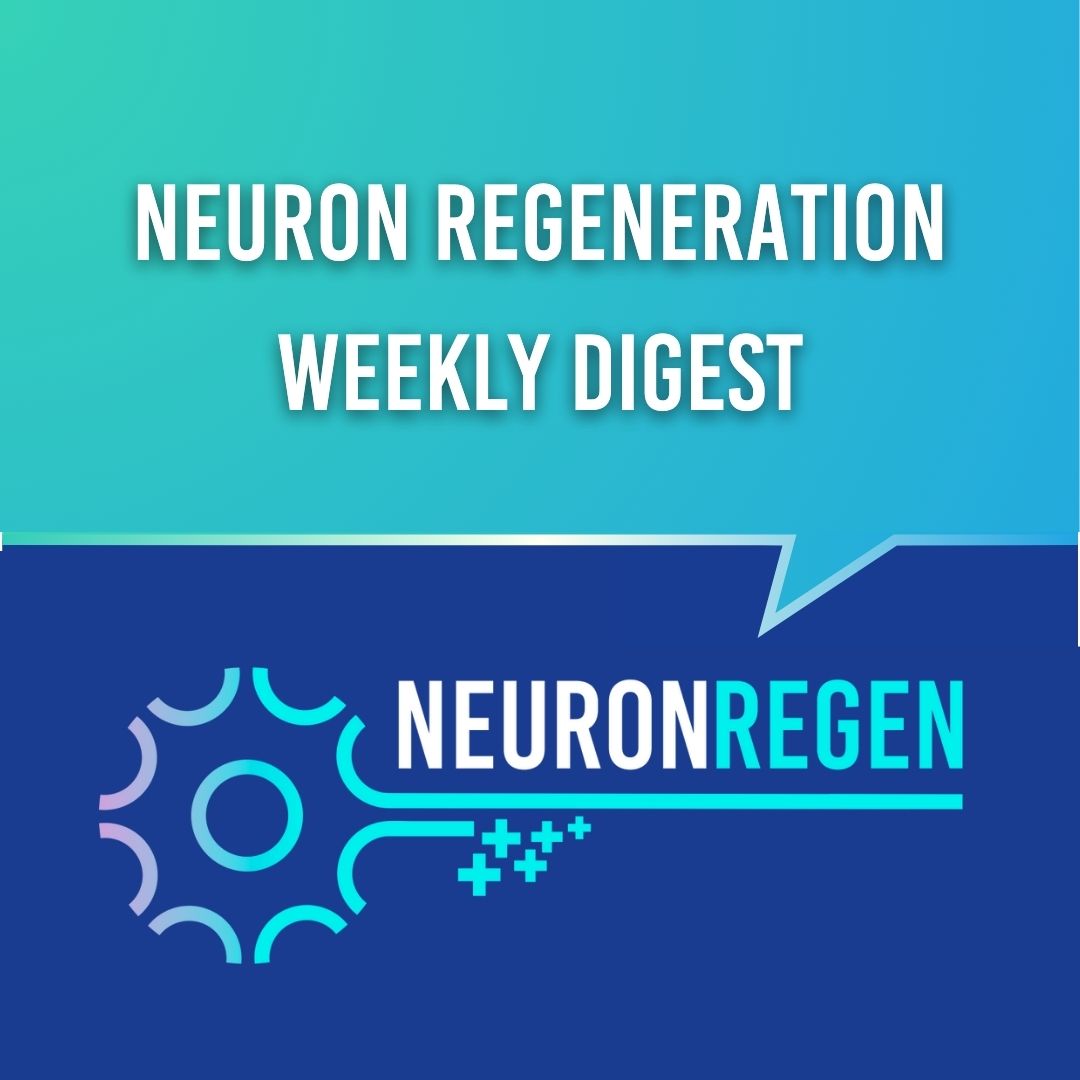The search for effective treatments for neurodegenerative diseases and spinal cord injuries is driving groundbreaking research into the body’s natural repair mechanisms. Scientists are exploring how proteins, biomaterials, and emerging drug therapies can support neural regeneration, reduce inflammation, and slow disease progression. These discoveries offer new hope for restoring function in conditions like Parkinson’s, Alzheimer’s, and spinal cord injuries.
The studies highlighted below examine key innovations—including the role of an exercise-induced protein in protecting brain cells, insights from spinal cord regeneration in Xenopus frogs, and the potential impact of new Alzheimer’s drugs in Canada’s healthcare system. Together, they reveal promising directions for advancing neuroprotection and recovery.

1. Quantitative proteomics of regenerating and non-regenerating spinal cords in Xenopus
Scientists are studying the unique ability of Xenopus frogs to regenerate their spinal cords at certain life stages—an ability lost after metamorphosis. By analyzing protein activity in regenerating versus non-regenerating spinal cords, researchers have identified key biological pathways that could hold the secret to spinal cord repair in humans. These findings open new avenues for developing treatments targeting neural regeneration and recovery.
2. Use of lecanemab and donanemab in the Canadian healthcare system: Evidence, challenges, and areas for future research
Lecanemab and donanemab, two new Alzheimer’s drugs, target amyloid-beta buildup to slow cognitive decline. While they offer hope for early-stage patients, their adoption in Canada faces hurdles, including healthcare capacity, accessibility, and cost concerns. Experts are now evaluating their potential impact on patients, caregivers, and the healthcare system.
3. Irisin promotes autophagy and attenuates NLRP3 inflammasome activation in Parkinson’s disease
New research highlights how irisin, an exercise-induced protein, may help protect brain cells in Parkinson’s disease. By promoting autophagy and reducing harmful inflammation, irisin slows the buildup of toxic proteins linked to neurodegeneration—offering a promising new avenue for treatment.
If you’d like to stay informed of the latest publications and breakthroughs in neuron regeneration, join our email newsletter to the right (or below on mobile). We send out weekly updates with the latest papers and studies, as well as podcast episodes with the people driving Neuroregenerative breakthroughs.

